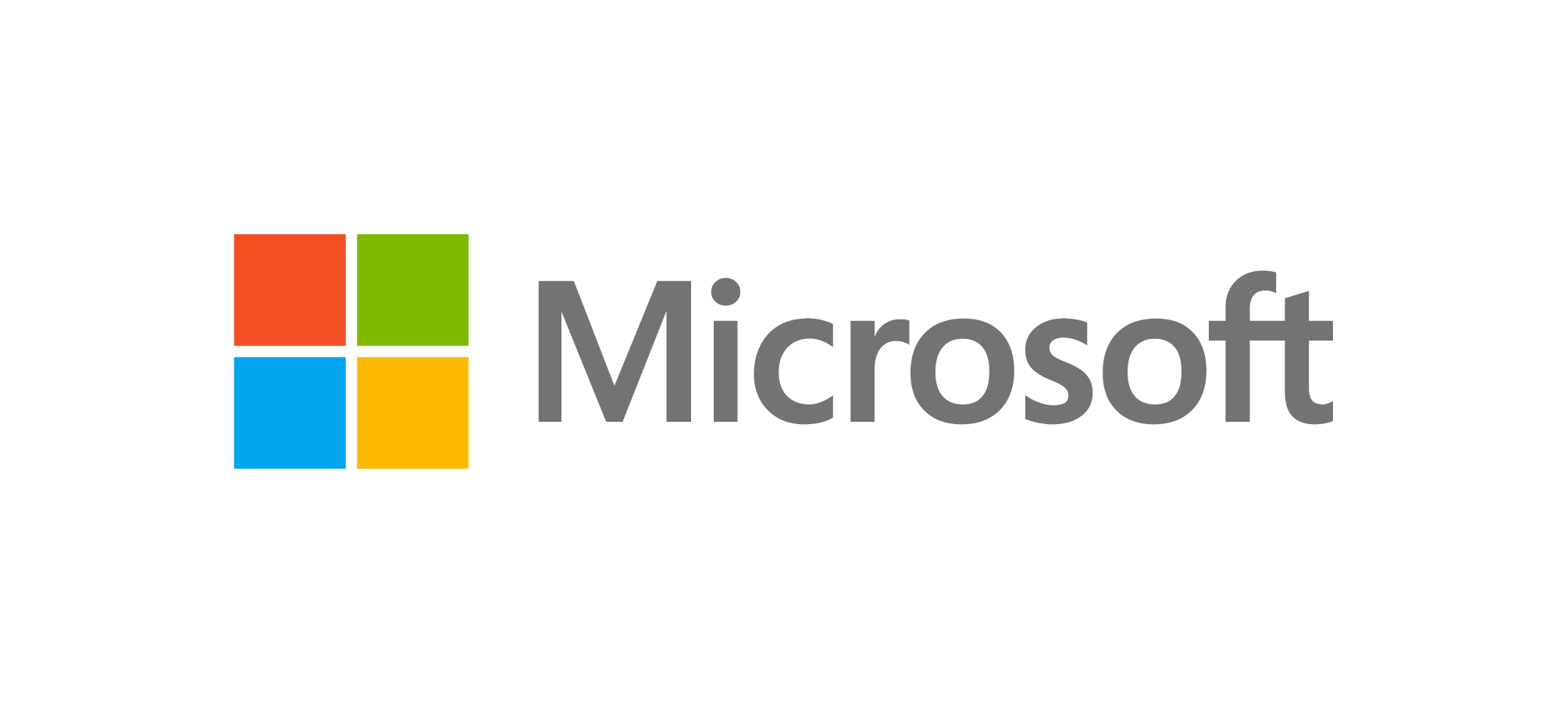The material in this chapter relates to "digital devices". While it definitely applies to conventional computers, it also applies to all sorts of other gadgets, such as alarm clocks, air conditioning units, microwave ovens, stopwatches, electronic instruments, point of sale units, parking meters and burglar alarms. In fact, most of the student exercises will be a lot easier to do on a device with few features, because this makes it possible for all the likely tasks and sequences to be considered. Evaluating something like "Microsoft Windows" or "an iPad" is far too wide a scope, as there are so many subsystems, each of which would make a good project on its own (how menus work, how to find files, how to open a program, perhaps even just how to switch it on!).
4. Human Computer Interaction
Introduction
The scope of user interfaces Teacher Note
People often become frustrated with computers and other digital devices. At some point when using these devices, you are likely to become annoyed that the system did something you didn't want it to do, or you can't figure out how to get the computer to do what you want, but why is that? Humans made computers, so why are computers often so frustrating for humans to use?



